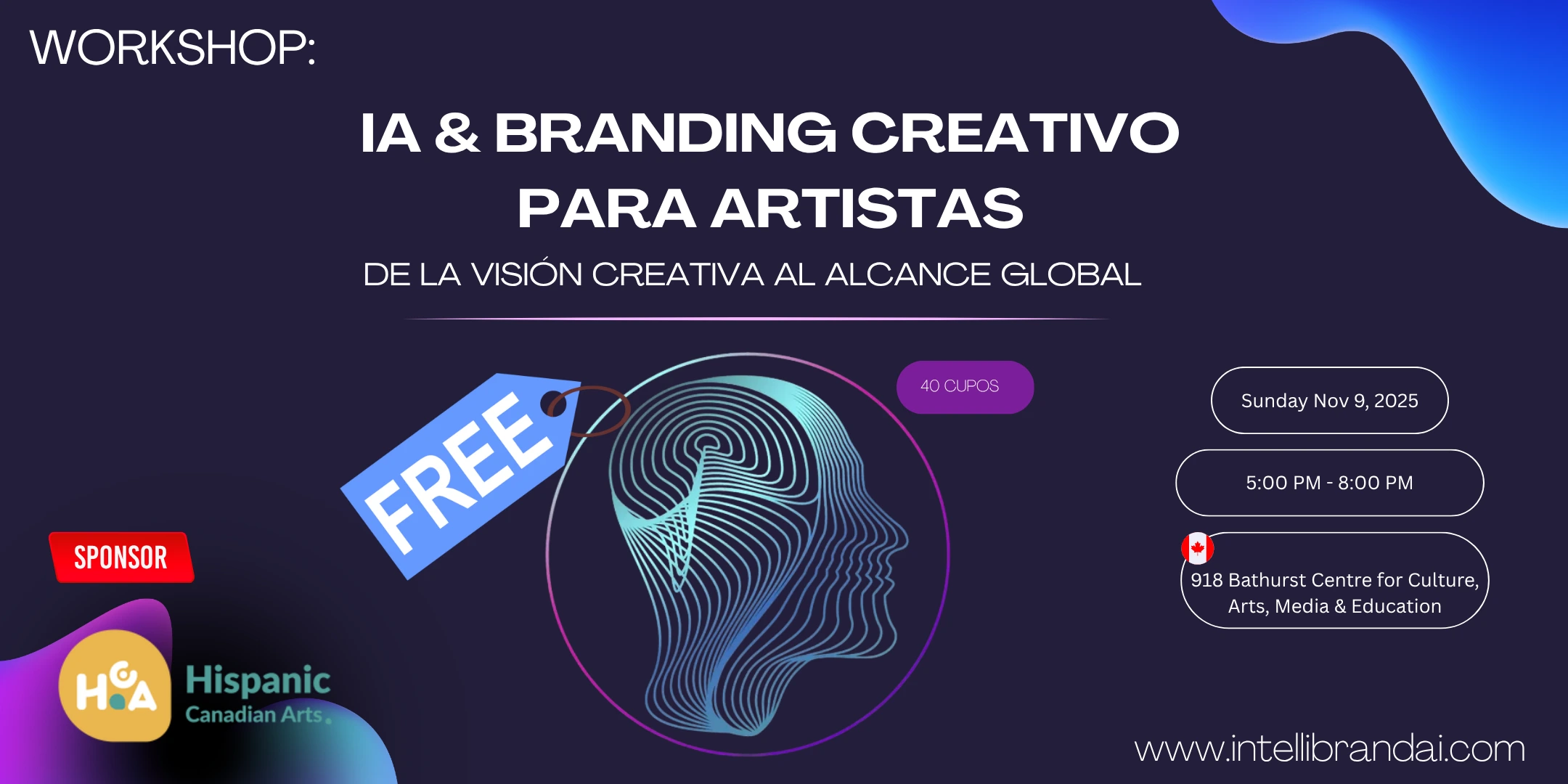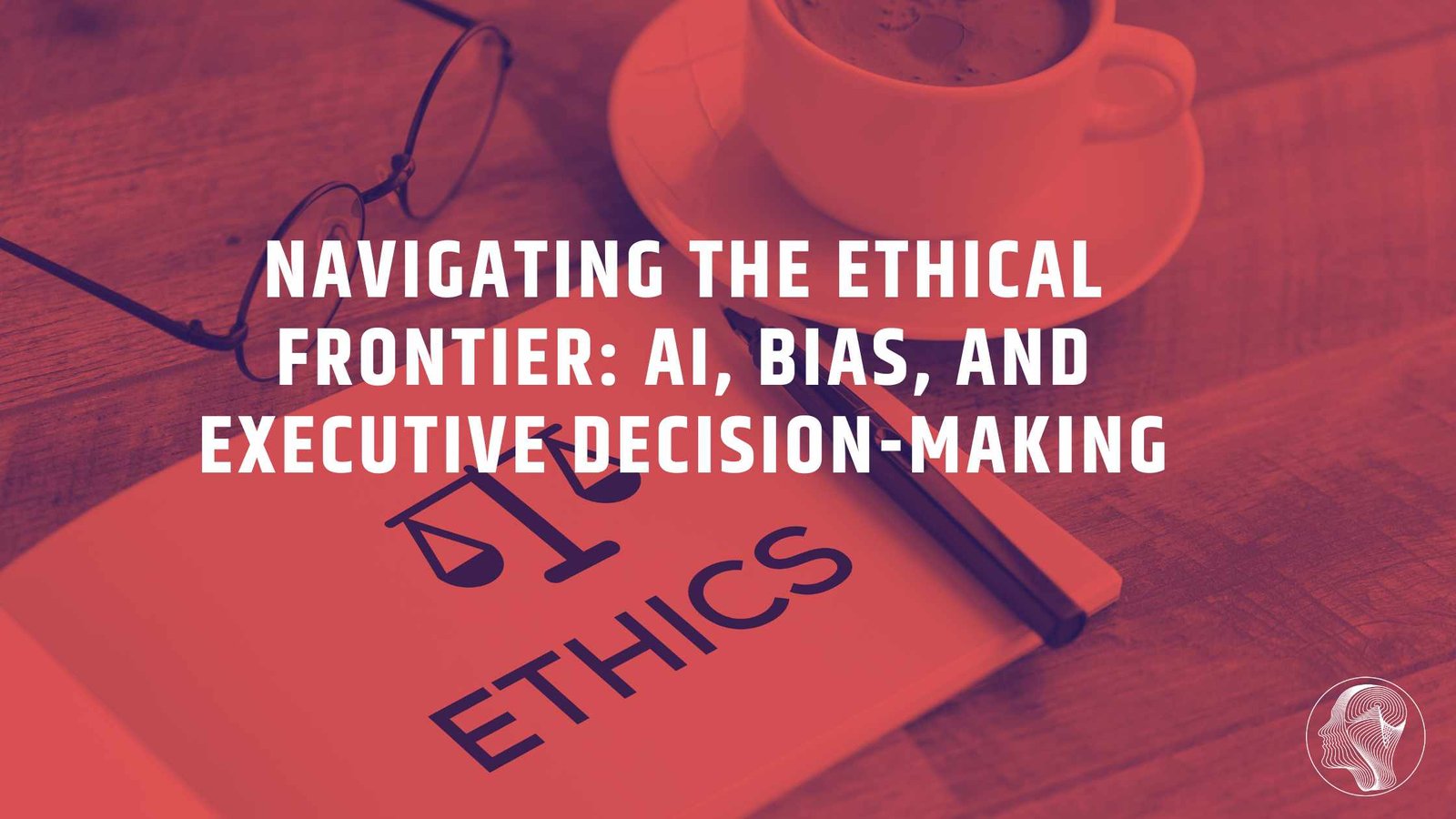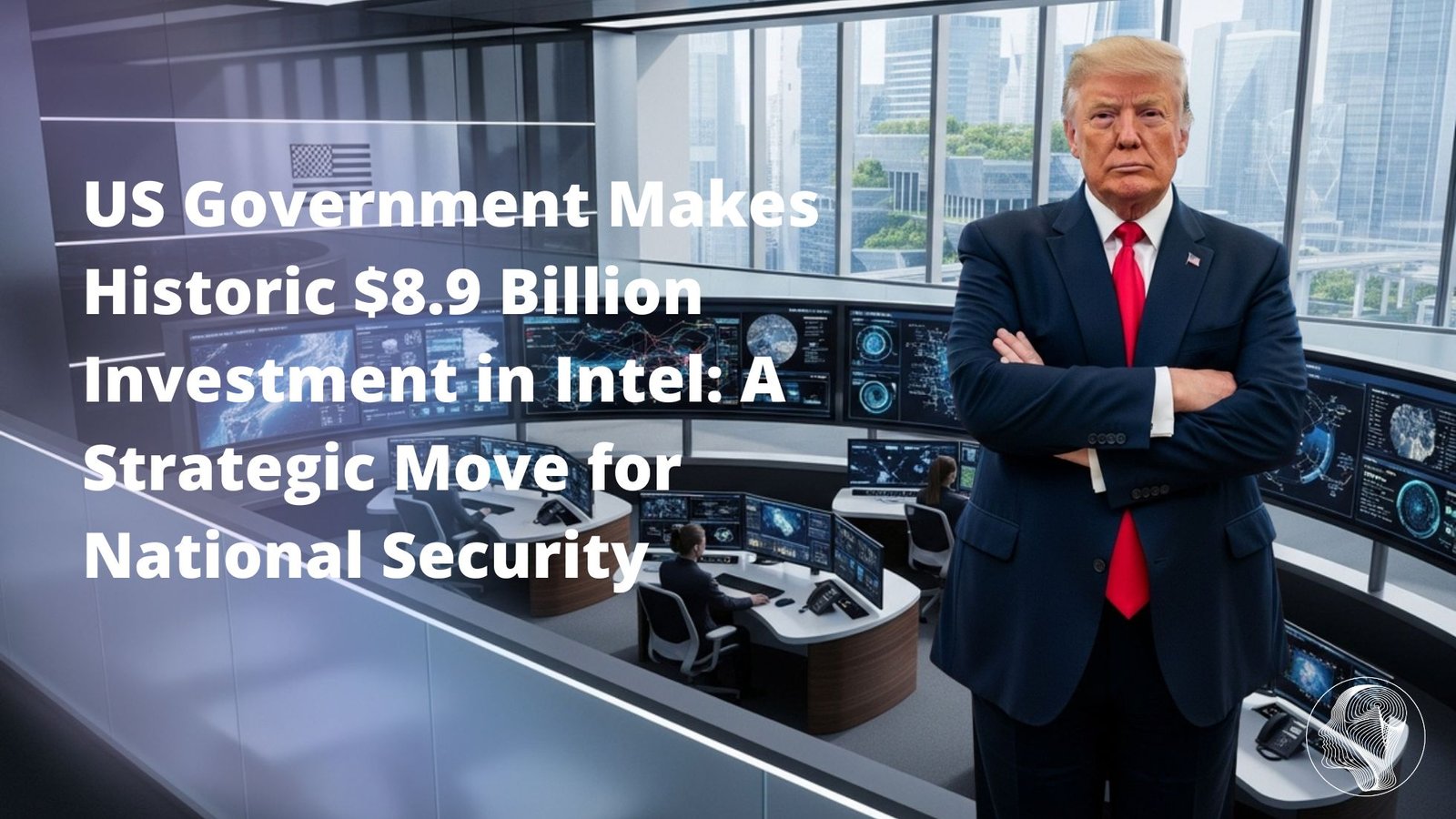.
Table of Contents
ToggleUnderstanding AI in Strategic Decision-Making
AI, in simple terms, is about creating systems that can perform tasks that usually need human intelligence. Think of speaking, interpreting data, or even learning new things. When we talk about strategic decision-making, we're referring to those big decisions that guide an organization's direction.
Picture this: A company has to decide whether to launch a new product or improve an existing one. This decision isn't made lightly; it's based on lots of data and predictions about the future. This is where AI can shine.
How AI Impacts Decision-Making
Data Analysis and Pattern Recognition
In today's digital world, companies are swimming in data. AI tools can sort through this mountain of information much faster than any human. By recognizing patterns and trends that might be missed, AI helps companies make informed decisions.
- Example: Retail chains use AI to predict shopping habits, ensuring they stock what people want when they want it. Remember when some store seemed to know what you needed even before you did? That's AI in action.
Predictive Analytics for Future Planning
AI doesn't just look at what has happened; it can predict what might happen next. Through predictive analytics, companies can simulate various scenarios and prepare for potential outcomes. This foresight leads to better strategic planning.
- Example: Airlines using AI can adjust flight schedules, pricing, and maintenance when foreseeing a demand spike or a dip.
Enhancing Efficiency and Accuracy
By automating repetitive tasks, AI frees up valuable resources, allowing human workers to focus on strategic initiatives. With AI's precision, the risk of error reduces, enhancing the overall decision-making process.
- Example: Financial institutions using AI minimize human error in processing transactions, increasing accuracy and reliability.
Real-World Examples
Consider my friend, Jenny, who works at a logistics company. Last year, they integrated AI into their decision-making processes. Initially skeptical, Jenny quickly saw the benefits. Improved route planning and inventory management resulted in huge savings and customer satisfaction. She shared with me that AI often caught things the human eye missed, like a subtle shift in seasonal demand.
Challenges and Limitations of AI
Despite the advantages, AI isn’t a magic wand. It requires significant investment, not just financially but also in training staff to use these systems effectively. Moreover, AI can echo existing biases present in data, leading to skewed insights.
The Human Touch: Balancing AI with Human Intuition
While AI offers incredible insights, the human element in decision-making remains crucial. There's a creative aspect and emotional intelligence that AI hasn't mastered—yet. The best decisions often come from combining AI's analytical prowess with human intuition.
“AI doesn't replace the decision-maker; it enhances the decision-making process.”
Final Thoughts
AI is carving a new path in strategic decision-making. By seamlessly integrating powerful data analysis, predictive capabilities, and efficiency, it's proving to be a game-changer. As businesses adapt, keeping the human element in the equation will ensure that decisions not only serve the bottom line but also stay aligned with core values and human experiences.
Whether you're a business leader or just curious about the future, understanding this balance is key to navigating the AI-driven landscape.







